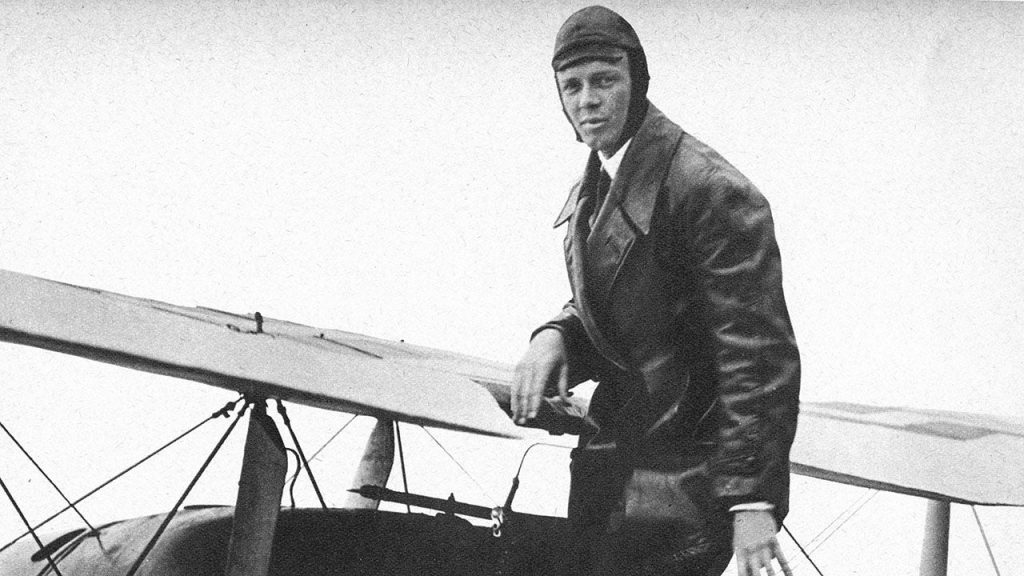On May 20, 1927, aviator Charles Lindbergh embarked on his historic solo transatlantic flight from New York to Paris. The journey, which spanned 33-and-a-half hours, culminated in Lindbergh landing safely at Le Bourget Airdrome in Paris. A sizable crowd had gathered in France to welcome his arrival, lifting Lindbergh above their heads in celebration. Lindbergh was the first person to complete a solo nonstop transatlantic flight, a feat that had previously been accomplished in 1919. Inspired by this, Frenchman Raymond Orteig created the Orteig Prize, offering $25,000 to the first person to successfully fly across the Atlantic solo.
Lindbergh received backing for his flight from nine investors in St. Louis and named his plane the Spirit of St. Louis in their honor. The journey was physically and mentally exhausting, with Lindbergh going without sleep for the entire duration. To stay awake, he buzzed the surface of the ocean and kept the plane’s windows open despite increased drag. During the flight, Lindbergh began hallucinating and seeing imaginary forms speaking words of wisdom to him. Upon his safe arrival in France, Lindbergh became a national hero and was celebrated with a ticker-tape parade in New York City and a Congressional Medal of Honor. The Spirit of St. Louis can now be seen at the National Air and Space Museum in Washington, D.C.
Lindbergh, born in Detroit in 1902, began his flying career at the age of 20 as a barnstormer. He enlisted in the United States Army with the goal of becoming a pilot, ultimately becoming a mail pilot after completing his training in 1925. Lindbergh viewed the life of an aviator as ideal, involving skill, adventure, and the latest scientific advancements. Today, a nonstop flight from New York to Paris takes around seven and a half hours, a stark contrast to Lindbergh’s pioneering transatlantic journey that lasted over 33 hours. Lindbergh’s accomplishments as an aviator cemented his place in history as one of the greatest pilots of his time.
President Calvin Coolidge played a key role in arranging for Lindbergh’s return to the United States after his transatlantic flight, with Lindbergh receiving an honorary ticker-tape parade and Congressional Medal of Honor in recognition of his achievement. The citation for the Medal of Honor commended Lindbergh’s heroic courage and skill as a navigator for demonstrating the possibility of transatlantic air travel. Lindbergh’s legacy as a pioneering aviator and national hero endures to this day, with his Spirit of St. Louis aircraft on display at the National Air and Space Museum in Washington, D.C. Lindbergh’s contributions to the field of aviation continue to inspire generations of pilots and aviation enthusiasts worldwide.
In 1927, Lindbergh’s historic transatlantic flight paved the way for future advancements in aviation, demonstrating the feasibility of long-distance air travel. His journey captured the imagination of people around the world and solidified his reputation as a legendary aviator. Lindbergh’s daring spirit and determination continue to be celebrated, with his accomplishments serving as a testament to the power of courage and perseverance. As technology and aviation have evolved over the years, Lindbergh’s legacy remains a reminder of the boundless possibilities that can be achieved through innovation and passion in the pursuit of one’s dreams.













